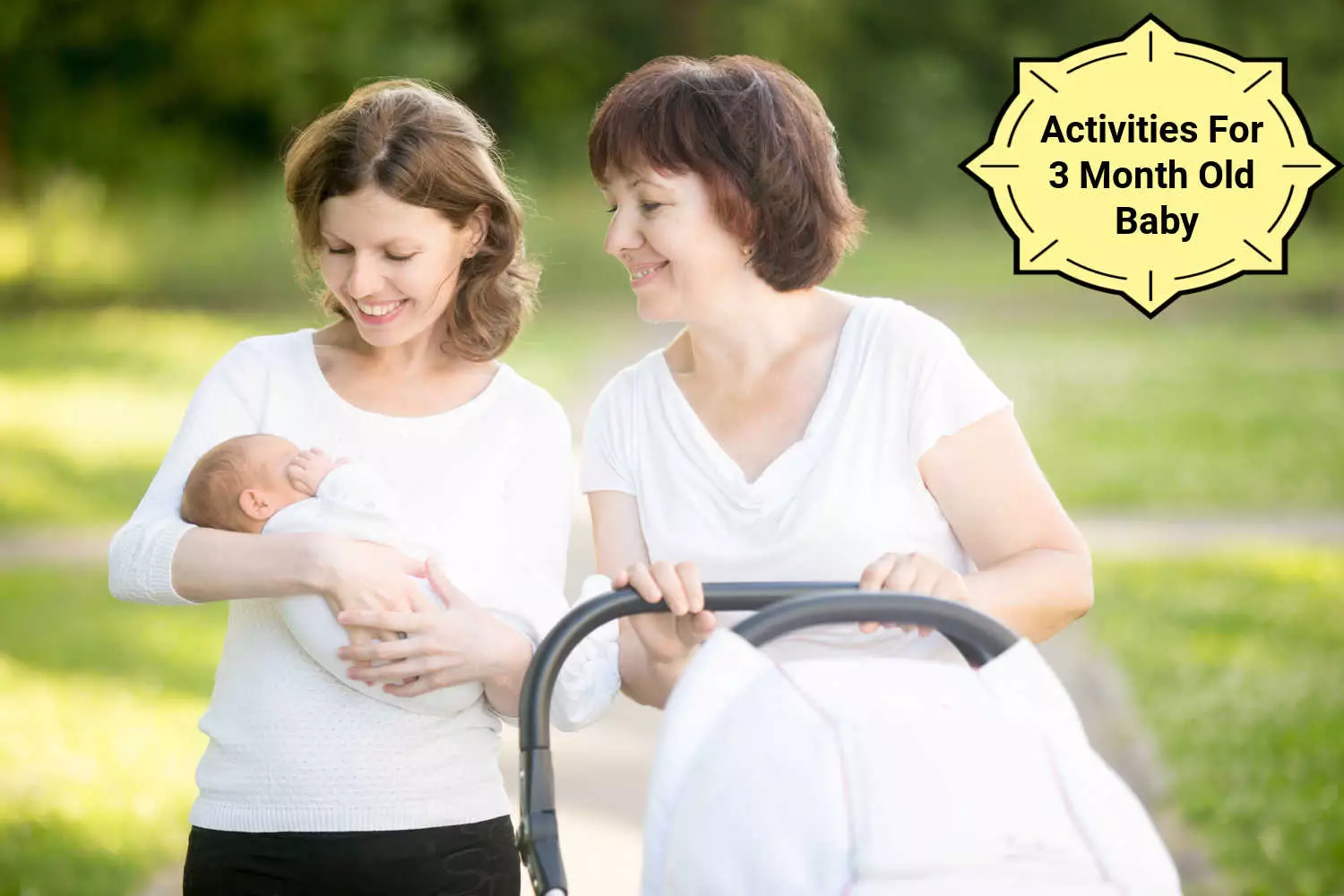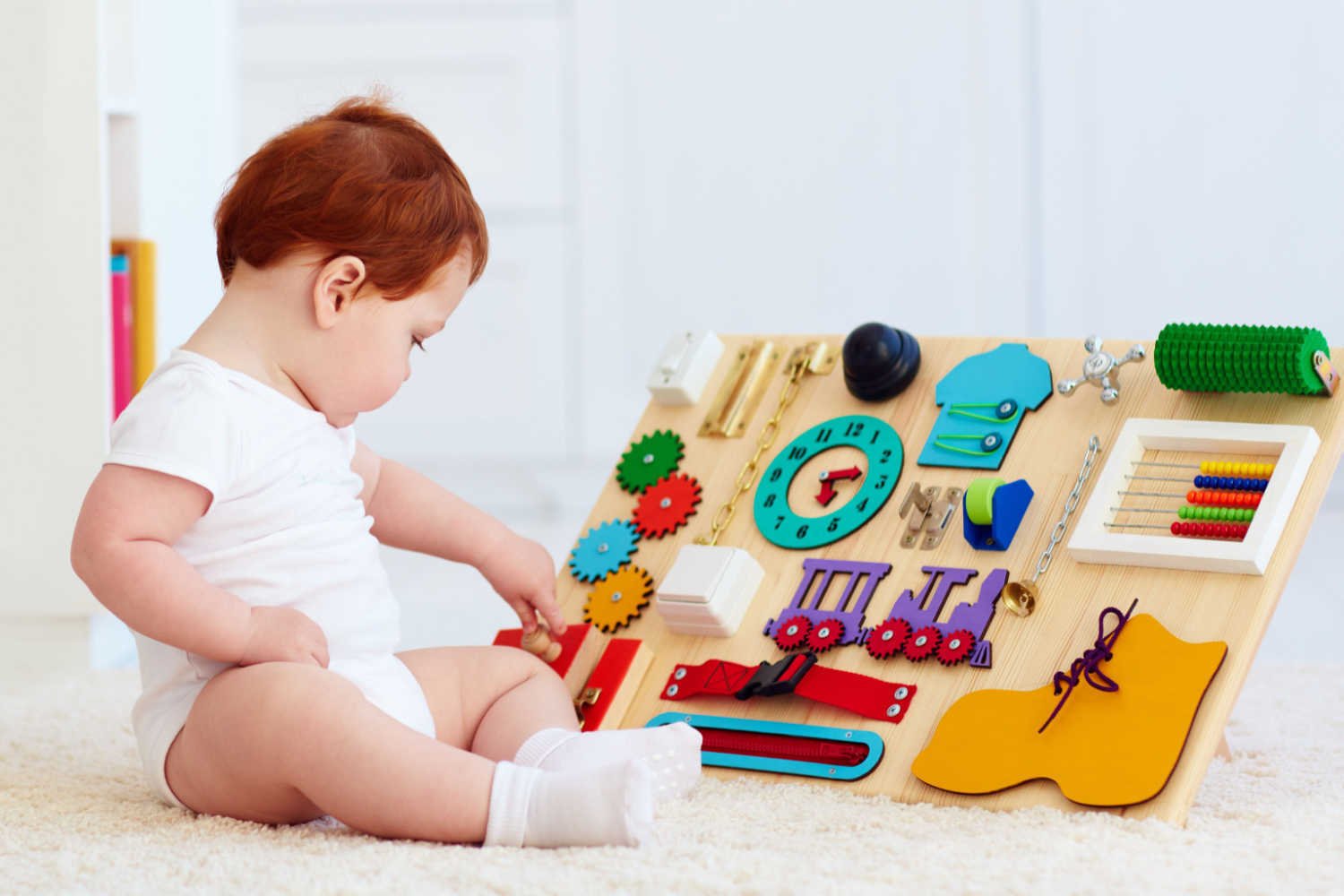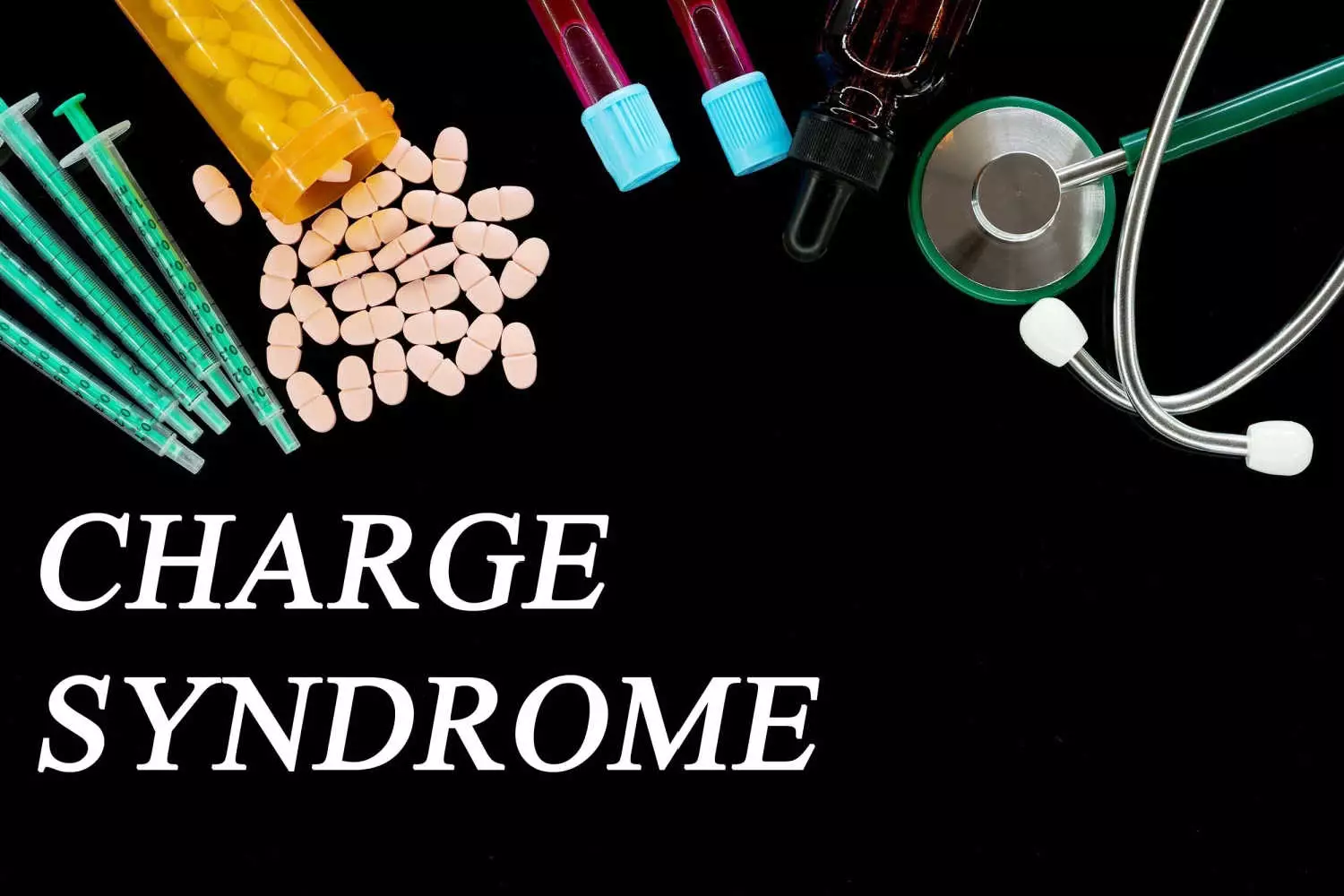
Dog Allergies In Babies – Causes, Symptoms And Treatment
4 min readWritten by Editorial Team


Babies are more prone to allergic reactions and infections as their immune system is not as mature as that of grown-up children and adults. Do you have a pet puppy at home? Is your baby fond of his pet dog? Dog allergies in babies are not rare. Does your infant start to wheeze, or rub his nose or eyes, soon after playing with your pet canine?
Then most probably, your baby may be experiencing a dog allergy. Even though babies are more sensitive to cats (almost twice that of dogs), the allergic reactions to dogs are likely to be more intense. Continue reading to know more about the symptoms, precautions, and treatment options of dog allergy in babies.
In This Article
- How Do Babies Develop Dog Allergies?
- Signs And Symptoms Of Dog Allergies In Babies
- How To Prevent Dog Allergies In Babies?
- Treating Dog Allergies In Babies
How Do Babies Develop Dog Allergies?
Dog allergy is a reaction by the immune system to the dog’s dander, saliva, urine, or feces. The proteins that are discharged by the dog which are trapped in his dander, saliva, and excretion can trigger an allergic reaction. If the baby is sensitive to these relatively innocuous proteins, and if he inhales dander, saliva, or droppings, his immune system releases histamine and more than forty other chemicals to fight the allergens. The histamine along with the chemicals develops the allergic symptoms that can bother your baby.
Signs And Symptoms Of Dog Allergies In Babies
The symptoms of dog allergy can vary from mild to severe. Likewise, the symptoms may not appear that fast in babies who are less sensitive to the proteins secreted by the dog. Similarly, different breeds of dogs can have different impacts on babies. The most common signs of dog allergy are:
Runny Nose And Watery Eyes

One of the classic signs of dog allergy is a runny nose and watery eyes. If your baby is allergic to dog dander, histamine is released into the baby’s bloodstream. This would bring about the fluid being mounted up in the nasal passages leading to mucus formation. Excess mucus produced would drain from the nose of your baby in the form of a clear liquid. If your baby experiences a runny nose without fever, then it can be a sign of dog dander allergy.
Sneezing
Once the histamines get into the bloodstream of your baby, it can bring about a sneezing reflex. If the baby sneezes soon after playing with your canine, then it may be a sign of dog allergy.
Wheezing
If the allergy is severe, the baby may develop wheezing within half an hour after he starts playing with the dog or inhales airborne dander. If the baby is already asthmatic, the dog allergy can intensify it.
Rubbing The Eyes
The airborne dander can easily get into the baby’s eye. If your baby bonds with the dog, it may so happen that the dog may lick your baby’s face. As a result, the saliva can get into his eyes. Both these can cause eye irritation and this would lead to your baby constantly rubbing his eyes.
Wiping The Nose

Wiping the nose upward can be a sign of an allergic reaction as the mucous membrane may get irritated as the fluid starts to accumulate in the nasal passage
Skin Rashes
Itchy reddish bumps that appear on the baby’s skin which is highly sensitive during the initial years, can be a sign of dog allergy. This will take a few hours or days to disappear. It will reappear whenever the baby plays with the dog.
Stuffy Nose
Too much accumulation of the mucus can bring about congestion of the nasal cavity leading to a stuffy nose. Persisting a stuffy nose without the signs of a cold or flu can be an indication of a dog allergy.
Eczema
Some children are found to develop eczema, a severe skin condition in response to dog allergy.
How To Prevent Dog Allergies In Babies?

If your baby gets the dog allergy genetically, it cannot be prevented. However, there are certain measures, which can be taken to protect your baby from a dog allergy.
- Never let the dog enter your baby’s room or bed. This way, you can minimize the chances of your baby’s exposure to allergens.
- Give your dog a regular bath. This will help to eliminate the dander regularly from the body of the dog.
- Remove carpets, bedspreads, upholstered furniture, curtains, and whatever other things that can trap dander. The house, especially from the rooms in which your baby spends most of his time. Replace soft dog beds with elevated beds, as this trap less dander and saliva.
- Instead of taking the baby away from the dog, letting him play more will help to bring down the allergic reaction gradually as the body develops the resistance eventually.
- Vacuum your house regularly to maintain it free from dander.
- Change your baby’s clothes every time he plays with the dog.
Treating Dog Allergies In Babies
The treatment options entirely depend on the severity of the allergy.
- For mild issues with nasal irritation, saline nasal drops will help.
- For moderate to severe symptoms, you should consult the child’s doctor. Over-the-counter medicines are not at all recommended.
- The allergist may prescribe allergic shots, which provide fast relief from the symptoms.
We hope these solutions will be effective and would help your baby bond with his doggy friend without the fear of any allergy. Did your baby suffer from a dog allergy? How did you control the situation? Please share it in the comments section below.

Editorial Team,
With a rich experience in pregnancy and parenting, our team of experts create insightful, well-curated, and easy-to-read content for our to-be-parents and parents at all stages of parenting.Read more.
Responses (0)
Want curated content sharply tailored for your exact stage of parenting?
Related articles

Top Activities For a 3 Month Old Baby – Benefits and Tips For Parents

Busy Boards For Babies – How it Helps in Baby’s Development

Hummus For Babies – When to Introduce, Benefits and Precautions

Postpartum Insomnia – Causes, Symptoms and Ways to Prevent

Hypertonia in Babies – What is it, Top Causes and Treatments

CHARGE Syndrome in Babies – Causes, Symptoms and Treatment
Sponsored content
Discover great local businesses around you for your kids.
Get regular updates, great recommendations and other right stuff at the right time.





